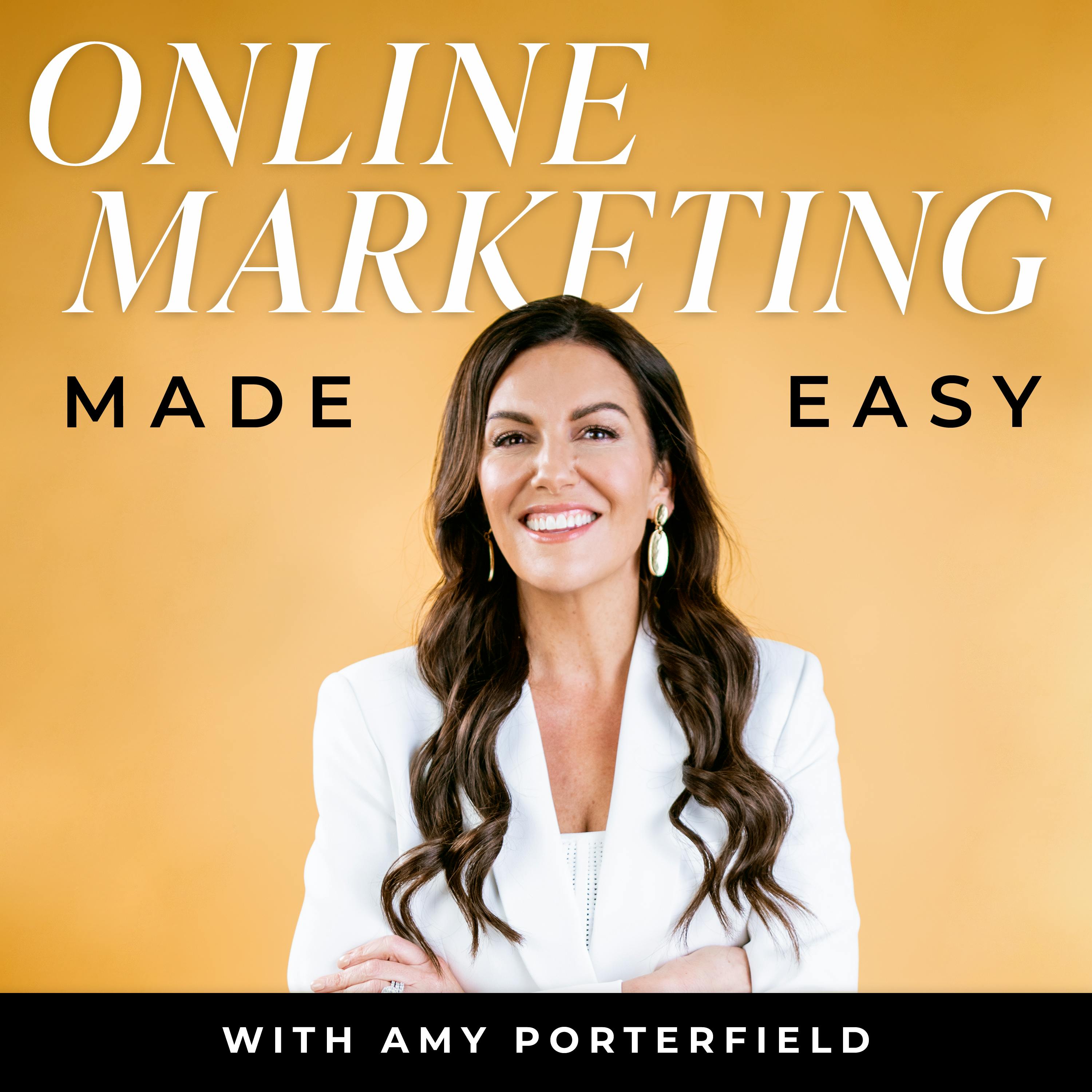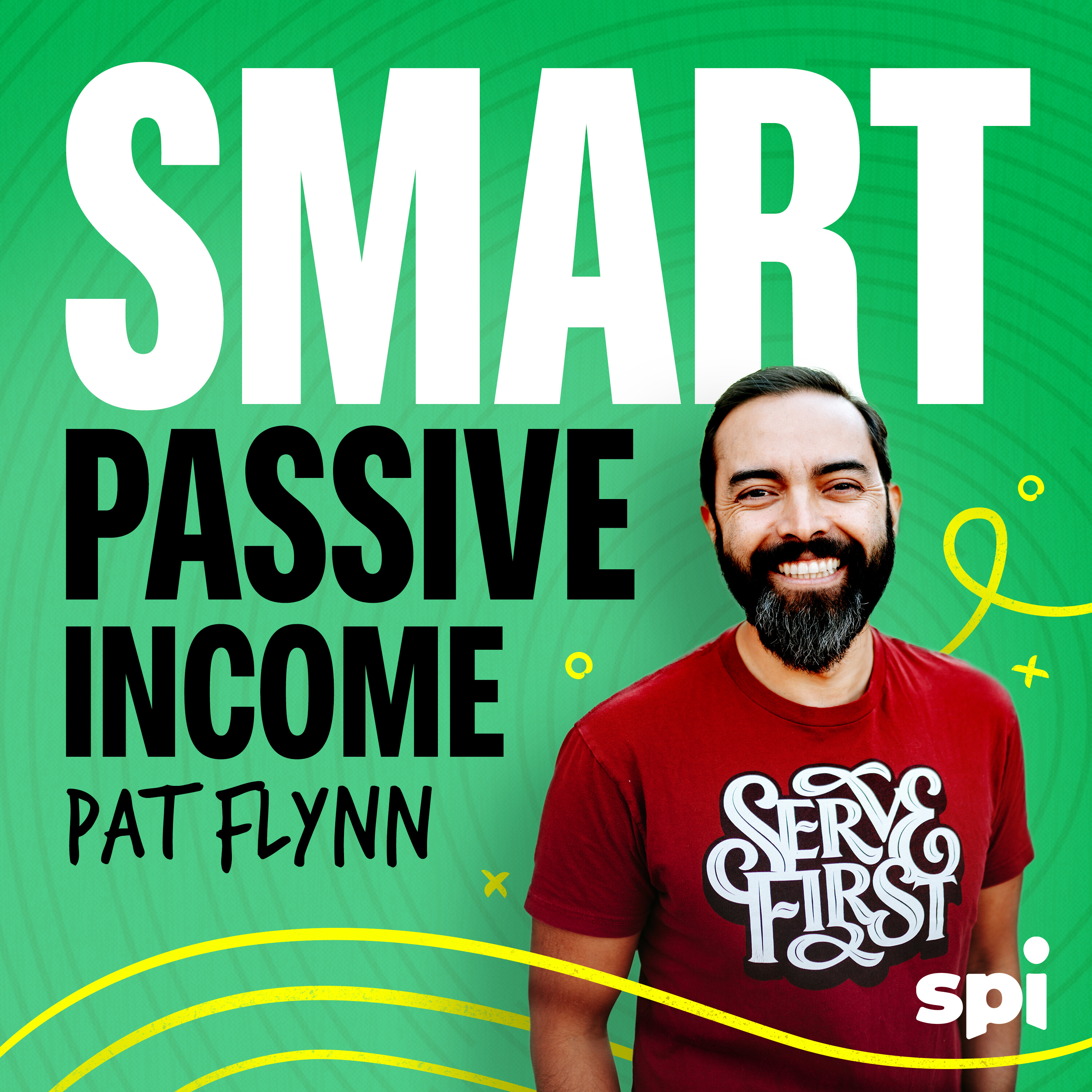
The Digital Course Assistant Podcast
Ready to launch faster, market better, and stress less as a course creator? You’re in the right place.
Hosted by Julie Ball—marketing and tech strategist, business cheerleader, and your go-to girl for simplifying the techy stuff—the Digital Course Assistant Podcast delivers bite-sized, practical episodes to help you grow your course business smarter and simpler.
Get ready for AI-powered shortcuts, marketing strategies that actually work, and behind-the-scenes tips to build a business that supports your life, not the other way around. Whether you’re mapping out your first course or scaling your signature offer, you’ll find the clarity and encouragement you need right here.
Hit follow, and let’s take your course business to the next level—one smart, simple step at a time.
The Digital Course Assistant Podcast
(Ep 4 of 5) Sales Pages That Convert (Without the Sleaze)
Writing your sales page doesn’t have to feel like a cringe-fest. In this episode, I’m walking you through how to write a sales page that actually converts—without resorting to hype or hard sells.
In this episode, you’ll learn:
✅ Why most sales pages flop (hint: it’s usually vague copy or over-the-top promises)
✅ The simple anatomy of a high-converting sales page—hook, transformation, proof, offer, CTA
✅ Two questions you should ask while writing your copy: “So what?” and “Now what?”
✅ Why you should never bury your buy button—and how to confidently invite people to join
✅ Why done is better than perfect (your sales page can evolve after launch!)
Plus, you’ll hear how the Sales Page Generator Assistant inside Digital Course Assistant helps you write a solid draft in under an hour, so you can get your course into the world faster.
🎁 Ready to write a sales page that actually sells your course?
Learn more about Digital Course Assistant at digitalcourseassistant.com
Welcome to the Digital Course Assistant podcast, the show for course creators who wanna launch faster, market better, and stress less. I'm your host, Julie Ball, and each episode I'm sharing tools, tactics, and AI powered shortcuts to help you grow a smarter, simpler course business. This is season one, and our focus is smarter marketing for course creators.
Ever feel like writing your sales page requires either becoming a hype machine or giving up and copying someone else's layout? Let's change that.
Today we're talking about how to write sales pages that convert without the sleaze, so you can confidently share your course and actually get it into the hands of the people who need it.
So why do most sales pages fail? I think they flop because they're either too vague. This will help with everything in life, or sometimes they're too hypey. Make a million dollars by next Tuesday. Neither of those builds trust. Your sales page should clearly communicate who it's for, what transformation it offers, and why they should enroll now.
Let's dissect the anatomy of a great sales page. Think of your sales page as five non-negotiables. You can't skip these. They must be included. Number one, the hook. You need to grab their attention with a clear headline about the transformation. Number two, the transformation itself. Explain what changes for them, not just what's inside the course, like 10 videos or you know, five downloadable templates.
That's what's inside the course. Instead, you wanna explain what life looks like after you take the course. Number three, you need to include proof, so things like social proof, testimonials, some way to share about your credibility, that might be your background or something you've been through.
Number four, include your offer, what's included pricing, and of course any bonuses. And then lastly, a call to action. You need to have a clear, repeated call to action.
When writing copy on your sales page , I recommend you use the so what now? What framework? Okay. Let me explain. When writing your copy, ask yourself: so what after each statement to ensures it matters to your audience, and then ask yourself: now what to guide your reader to the next step.
And this keeps your copy purposeful and clear.
Again, ask yourself, so what? And now what?
One of my favorite concepts for sales pages that aligns with the so what now what framework comes from the book don't make me think by Steve krug . so the book is technically about web usability, but it applies perfectly here.
The idea is simple. Your website shouldn't require mental gymnastics, and in our case today, your sales page shouldn't require mental gymnastics. Your audience shouldn't have to guess what your course is about. They shouldn't have to figure out if it's for them or hunt for what to do next. Everything should be clear, direct, and obvious.
You want them to quickly know this was made just for me.
If your audience has to pause and think, wait, what is this? Or what do I do next? You're adding friction and that's gonna cost you sales. So as you build your sales page, review it with fresh eyes and ask, is it clear who this is for? Is the transformation obvious and is there a clear, repeated call to action? Because when your sales page is easy to navigate and understand, your audience can focus on making the decision to join you without any unnecessary friction.
Let's talk about something I see all the time with course creators. You finally get the courage to share about your course, but when it comes time to ask people to buy, you hide.
You tuck your buy button way down at the bottom of the sales page, and you only mention your offer once in an email because you don't wanna feel pushy. I get it. Selling can feel uncomfortable, especially if you've never done it before. But here's the truth. Your audience wants solutions. Your course is the solution you've created for them.
Making it easy for them to say yes is serving them, not bothering them.
So think about your own experience. Have you ever been on a sales page ready to buy, but you have to scroll forever to find the checkout button, or it's hidden in a tiny link at the bottom. And especially if you are on a cell phone, you're doing all that extra scrolling. It feels frustrating, right? Your audience shouldn't have to hunt.
For the next step, I'd like to share a few practical tips to help out in this area.
First place your call to action multiple times throughout your sales page, after the intro, after your testimonials, after you outline your offer. And again, at the bottom, people scroll and skim. So make it easy for them to take action when they're ready.
Second, use clear, inviting language on your buttons. Instead of submit, buy, or click here. Try join the course now, Start learning today, Reserve your spot, or get immediate access.
Lastly, remember, people want transformation, not information. If they've made it to your sales page, they're looking for a next step to solve their problem. Don't make them second guess whether they should take it. Selling is not about being pushy. We reframe this a couple episodes back. Selling is about inviting your audience to take the next step towards the result they want.
Your sales page is simply the bridge between, I have this problem and I have a solution. So when you show up with clarity and confidence and your audience can feel that it will help them feel confident about joining your course.
Lastly, we're gonna talk about why your sales page doesn't need to be perfect before you launch, and how taking imperfect action can help you start enrolling students faster. If you've ever held back from launching your course because your sales page didn't feel ready or perfect. You're not alone. So many course creators wait until the branding is flawless, The copy is perfect, and every testimonial is in place before they share their offer.
But here's the truth. Your sales page is a living asset. You can tweak headlines, you can add testimonials down the road. You can adjust your bonuses or your pricing as you learn more about what your audience needs. You don't have to have it all figured out at launch.
Think of your sales page, like a draft that just gets better over time. Maybe you launch your page with one testimonial, and as students go through your course, you add more. Maybe you start with a clear headline and later you refine it based on questions you get from potential buyers.
Or you might add a frequently asked question section after you've gotten the same question over and over again in your dms or your emails.
Listen, if I had waited until my sales page was perfect, it would've delayed my launch by months, and I would've missed the opportunity to serve those first students. So if you're in a holding pattern with your sales page, just ask yourself, is my offer clear? Is the next step obvious and am I making it easy for someone to say yes?
If you can answer yes to those questions, you are ready to launch your sales page. You can always improve it later. Remember, done is better than perfect because done is what actually helps people. Your audience isn't looking for the fanciest sales page or perfection. They're looking for the solution that you've created for them.
If you wanna write a clear aligned sales page for your course without spending weeks tweaking it, I'm adding a sales page tool to help you get your first draft done in under an hour. Or you can use it to improve your existing sales page.
This Sales Page assistant will be part of the digital course assistant, my AI powered membership for course creators who want to market smarter and build a business that runs smoother with every step.
You can get access to the growing vault of tools inside digital course assistant at digitalcourseassistant.com.
Thanks for hanging out with me today, and I'll see you in the next episode.
Podcasts we love
Check out these other fine podcasts recommended by us, not an algorithm.

The Mariah Coz Show
Mariah Coz
